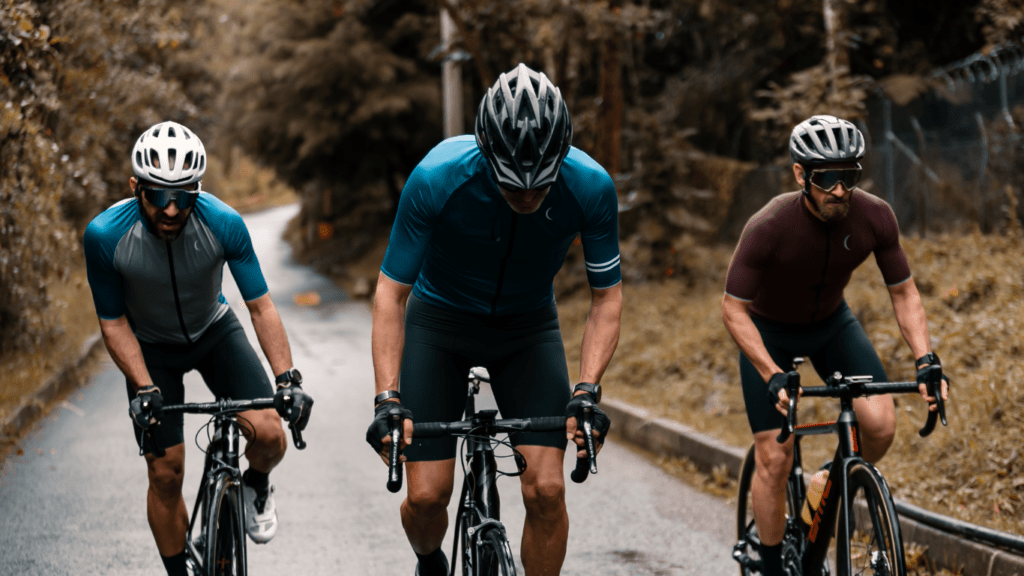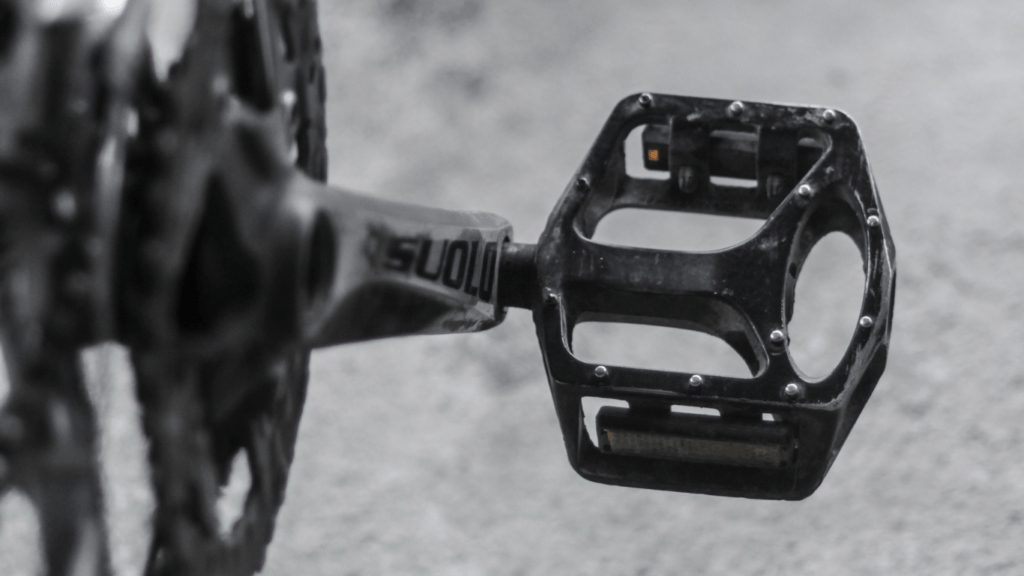Understanding Different Types of Bikes
Choosing the right bike involves understanding the different types available. Each type suits specific terrains and riding styles.
-
Road Bikes
Road bikes offer speed and efficiency for paved surfaces. Their lightweight frames, narrow tires, and drop handlebars enhance performance on smooth roads.
These bikes excel in long-distance riding, racing, and commuting on city streets. Examples include endurance bikes for comfort on long rides and aero bikes designed for maximum speed.
-
Mountain Bikes
Mountain bikes tackle rough terrain with ease. They feature sturdy frames, wide tires, and suspension systems to absorb shocks.
These bikes are ideal for off-road trails, steep climbs, and descents. Types of mountain bikes include cross-country bikes for long trails and downhill bikes for extreme slopes. Robust components and a wide gear range make them versatile for various terrains.
-
Hybrid Bikes
Hybrid bikes combine features from road and mountain bikes, offering versatility. They have comfortable, upright handlebars and medium-width tires suited for both paved roads and light trails.
Hybrids are perfect for commuting, recreational riding, and errands. Examples include urban hybrids for city commuting and fitness hybrids for exercise and leisure rides.
These bikes balance comfort and performance for diverse environments.
Key Factors to Consider When Choosing a Bike
Choosing the right bike involves assessing several critical factors. Identifying essential elements simplifies the decision process and ensures that the selected bike meets specific needs.
Budget
Budget plays a crucial role in choosing a bike. Entry-level bikes start around $300. Higher-end models can exceed $3000. Understanding the intended use helps prioritize features and set a budget.
For example, casual commuting may only need a modest investment, while competitive riding often justifies a higher expense.
Bike Size and Fit
Selecting the proper bike size and fit enhances comfort and performance. Bike sizes vary based on frame measurements, usually in inches or centimeters.
Riders can use online size charts or visit a local bike shop for a professional fitting. Effective sizing ensures efficient energy transfer and reduces the risk of injury.
For example, a properly fitted bike allows extended rides without discomfort.
Purpose and Usage
The intended purpose significantly impacts the choice of bike. Road bikes suit paved surfaces and racing, while mountain bikes are designed for off-road trails.
Hybrid bikes offer versatility for mixed terrains and commuting. Defining the primary use guides the selection process and ensures that the bike’s features align with the rider’s needs.
For instance, a mountain bike performs best on rugged trails, whereas a road bike excels in long-distance rides on asphalt.
Choosing a bike tailored to the rider’s budget, size, and intended purpose guarantees a fulfilling cycling experience.
Essential Bike Features Explained

Choosing the right bike involves understanding various components and features. Beginners must know the key elements to make an informed decision.
Frame Materials
Bike frames come in different materials, each offering unique benefits. Aluminum frames are lightweight and affordable, making them popular for beginners.
They resist rust and provide a smooth ride. Steel frames, although heavier, offer durability and a comfortable ride, absorbing road vibrations effectively.
Carbon fiber frames are light and strong, preferred for high-performance bikes, though they’re more expensive. Titanium frames combine lightness and strength, offering a premium option with excellent durability and ride quality.
Gears
Gears help adjust the bike’s resistance to pedaling, making it easier to handle various terrains. Entry-level bikes typically feature fewer gears, which simplifies maintenance.
For flat terrains, single-speed bikes suffice. Bikes with multiple gears, ranging from 7 to 30, accommodate diverse terrains. Beginners cycling in hilly areas may benefit from a higher gear range.
Shifters, such as:
- thumb
- twist
- brifter shifter
affect how easily gears are changed, with brifters providing integrated brake and gear levers seen in many road bikes.
Brakes and Suspension
Brakes ensure safety and control, with rim and disc brakes being common choices. Rim brakes are lighter and easier to maintain, ideal for road bikes.
Disc brakes, available in mechanical and hydraulic forms, offer superior stopping power, especially in wet conditions, making them suitable for mountain and hybrid bikes.
Suspension systems, found mainly on mountain bikes, help absorb shocks from rough terrain. Front suspension (hardtail) provides a smoother ride and better control.
Full suspension bikes, with both front and rear suspension, offer maximum comfort on technical trails.
Where to Buy Your Bike
Finding a reliable place to buy your bike simplifies the purchasing process.
Local Bike Shops
Local bike shops provide personalized service and expert advice. Experienced staff help with bike fitting, ensuring it matches your body type.
These shops usually offer maintenance services, making it easy to keep your bike in top condition. Test rides are often available, letting you feel the bike’s performance before buying.
For instance, a shop might let you try a road bike on nearby streets or a mountain bike on a trail.
Online Retailers
Online retailers offer a wide variety and competitive prices. Detailed product descriptions and user reviews simplify decision-making.
Many websites provide guides on measuring for the correct bike size, an essential step to avoid discomfort. Some popular online retailers like Trek, REI, and Chain Reaction Cycles offer free shipping or significant discounts.
While online purchases might save money, be prepared to handle any initial assembly and tuning yourself or pay for professional setup.

 I’m Brendamee McCartyierr, and as the founder of Cycle Smooth Ride Long, I'm thrilled to bring you the ultimate resource for all things cycling. Whether you're a seasoned rider or just starting on your cycling journey, our mission is to support your passion for two wheels with trusted advice, insightful reviews, and expert tips.
Cycling is more than just a hobby—it's a lifestyle that promotes health, freedom, and adventure. At Cycle Smooth Ride Long, we’re committed to making your ride smoother, longer, and more enjoyable by providing you with the latest in cycling news, nutrition advice, fitness tips, and gear reviews. We also cater to beginners, offering comprehensive guides to help you get started and build confidence on the road.
I’m Brendamee McCartyierr, and as the founder of Cycle Smooth Ride Long, I'm thrilled to bring you the ultimate resource for all things cycling. Whether you're a seasoned rider or just starting on your cycling journey, our mission is to support your passion for two wheels with trusted advice, insightful reviews, and expert tips.
Cycling is more than just a hobby—it's a lifestyle that promotes health, freedom, and adventure. At Cycle Smooth Ride Long, we’re committed to making your ride smoother, longer, and more enjoyable by providing you with the latest in cycling news, nutrition advice, fitness tips, and gear reviews. We also cater to beginners, offering comprehensive guides to help you get started and build confidence on the road.
